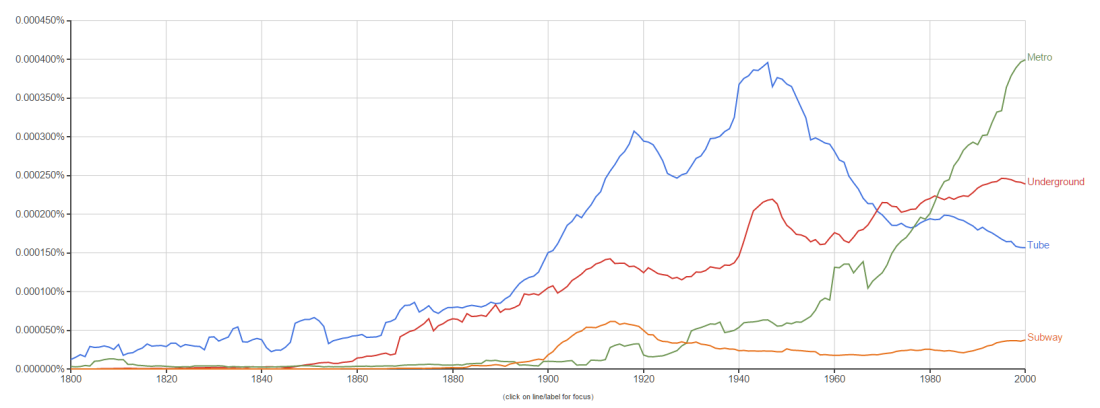Talking about Urdu, and how a language is not defined by it’s vocabulary, Javed Akhtar gives this interesting example to show how many everyday words come from so disparate origins:
एक मकान के एक कमरे में एक गोरा चिट्टा आदमी और एक नन्हा मुन्ना बच्चा नाश्ता करने के लिए बैठे।
बावर्ची नाश्ता लाया, नाश्ते में उरद की दाल.
नाश्ता करने से पहले नहा लिए – एक बाल्टी पानी से , उसके बाद बावर्ची नाश्ता लाया , उरद की दाल और टोस्ट था।
नाश्ता करने के बाद वो उठा, चिक हटाई संदूक खोला उसमें से के पिस्तौल निकाला , दीवार पे टंगी बन्दूक लिया और चला गया।
बच्चा बेबस देखता रहा।
In this ordinary sentence of 80 words, there are 14 that have come into popular usage from various other languages:
मकान – Arabic
कमरा – Italian
बाल्टी – Portuguese
नन्हा – Gujarati
चिट्टा – Punjabi
बच्चा – Persian
उरद – Tamil
टोस्ट – English
चिक , संदूक – Turkish
पिस्तौल – English
दीवार – Persian
बन्दूक – Turkish
बेबस – Sanskrit
***
This reminds me of the piece of text called Uncleftish Beholding, which is composed of words that are only of Germanic origin – which is what English would look like without French, Greek or Latin loanwords:
For most of its being, mankind did not know what things are made of, but could only guess. With the growth of worldken, we began to learn, and today we have a beholding of stuff and work that watching bears out, both in the workstead and in daily life.
The underlying kinds of stuff are the *firststuffs*, which link together in sundry ways to give rise to the rest. Formerly we knew of ninety-two firststuffs, from waterstuff, the lightest and barest, to ymirstuff, the heaviest. Now we have made more, such as aegirstuff and helstuff.
.
.
.With enough strength, lightweight unclefts can be made to togethermelt. In the sun, through a row of strikings and lightrottings, four unclefts of waterstuff in this wise become one of sunstuff. Again some weight is lost as work, and again this is greatly big when set beside the work gotten from a minglingish doing such as fire.
Today we wield both kind of uncleftish doings in weapons, and kernelish splitting gives us heat and bernstoneness. We hope to do likewise with togethermelting, which would yield an unhemmed wellspring of work for mankindish goodgain.
Soothly we live in mighty years!
***
I was watching a movie which had some Russian dialogues, and I noticed that the Russian (and other Slavic language) word for defeat sounds very similar to the Hindi word पराजय (parājaya). This turns out to just be a conincidence because Sanskrit पराजय = परा- (parā-) + जय (jaya) while поразить = по- (po-) + рази́ть (razítʹ).
поражение (porazheniye) – Russian
porážka – Slovak
poraz – Bosnian
паражэнне (paražennie) – Belarusian
porážka – Czech
poraz – Croatian
porażka – Polish
поразку (porazku) – Ukrainian

